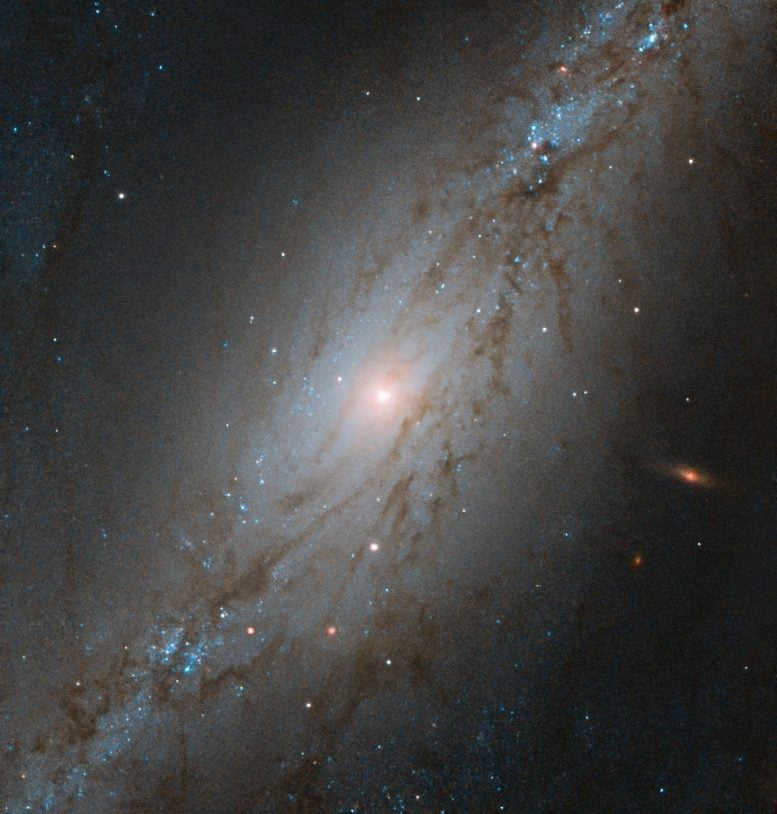
Hubble Space Telescope of galaxy NGC 7513, a barred spiral galaxy located approximately 60 million light-years away. Credit: ESA/Hubble & NASA, M. Stiavelli
Captured by the NASA/ESA Hubble Space Telescope, this image shows NGC 7513, a barred spiral galaxy. Located approximately 60 million light-years away, NGC 7513 lies within the Sculptor constellation in the southern hemisphere.
This galaxy is moving at the astounding speed of 1564 kilometers per second (972 miles per second) or 5.6 million kph (3.5 million mph), and it is heading away from us. For context, the Earth orbits the Sun at about 30 kilometers per second. Though NGC 7513’s apparent movement away from the Milky Way might seem strange, it is not that unusual.
While some galaxies, like the Milky Way and the Andromeda galaxy, are caught in each other’s gravitational pull and will eventually merge together, the vast majority of galaxies in our Universe appear to be moving away from each other. This phenomenon is due to the expansion of the Universe, and it is the space between galaxies that is stretching, rather than the galaxies themselves moving.


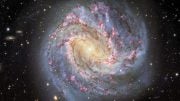


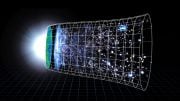
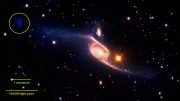
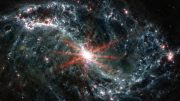
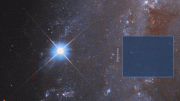
After seeing red due to the headline, I was pleasantly relieved to see the radial velocity in the text first given in kilometers per second, the usual unit for radial velocities in astronomy. 1564 km/s is actually not fast at all, this is a very nearby galaxy, one in which the brightest stars can be distinguished by Hubble and giant ground-based telescopes (with the help of adaptive optics).
Who said this is especially fast and why single it out when other galaxies are moving away from earth just as rapidly? Who wrote this article?
Why are some so surprised at this article? Today’s journalism is based on sensationalism, or as others say, Fake News. It got your attention, didn’t it? Can you really trust what is written these days in the news or articles?
For a fresh perspective on larger-scale universal expansion, which expresses as universal anisotropy, see this essay: astronomy-links.net/Universal.Anisotropy.Explained.pdf
The photo looks like a galaxy that has just come together again after a merger. This would fling it off on a high speed trajectory through its local group. The group itself may be traveling at several times this speed, but the relative velocities within the group are much less, causing this galaxy to stand out.